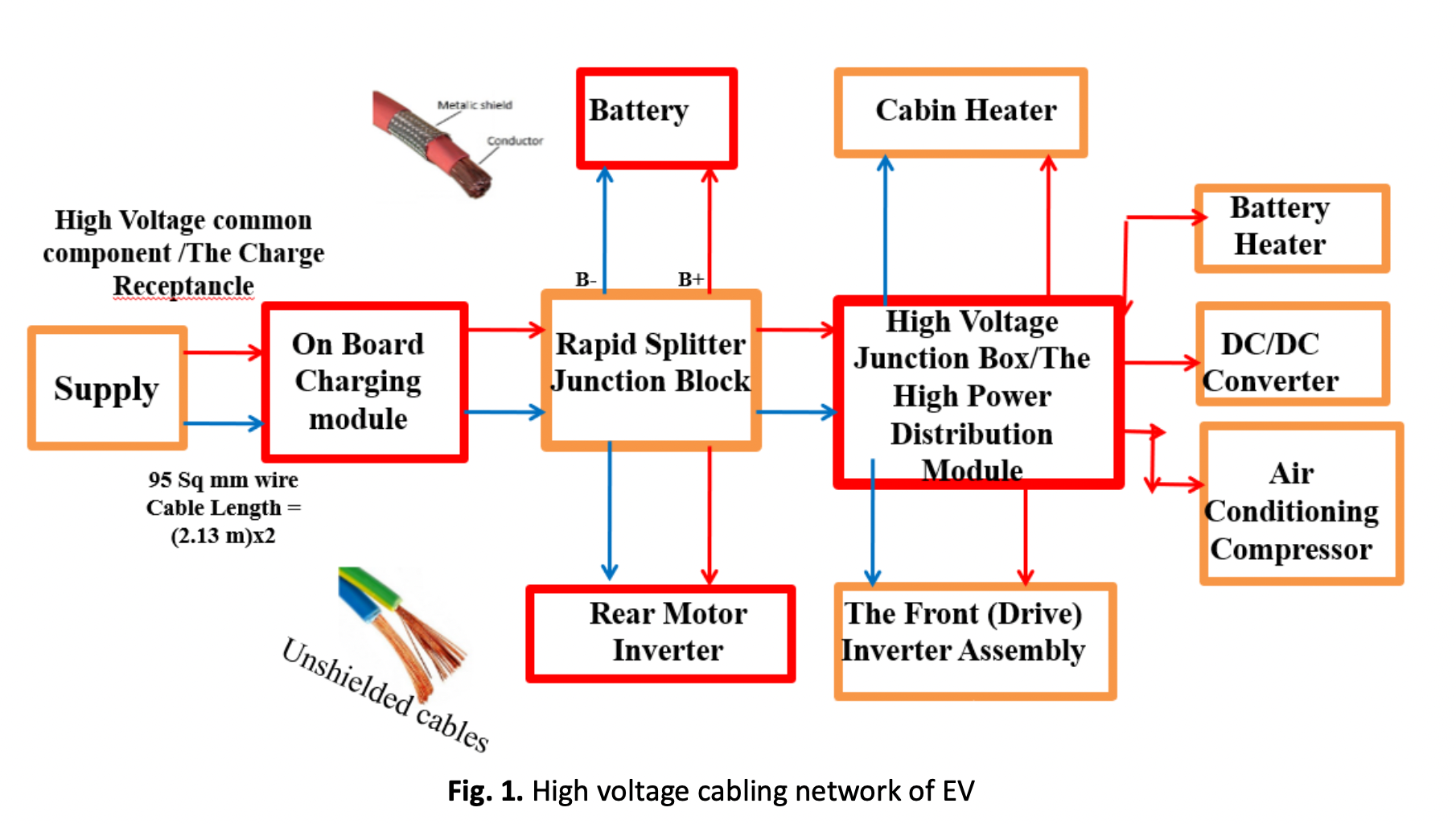Analytical Computation of Thermal and Electrical Issues in E-Mobility Cabling Network
DOI:
https://doi.org/10.37934/arfmts.104.1.8492Keywords:
Electric vehicles, components, wiring harness, cabling network, thermal stress, electrical stress, Finite Difference MethodAbstract
The demand for pollution-free transportation is increasing daily worldwide due to increasing concerns about global warming, greenhouse gas emissions, and the depletion of fossil fuels. In e-mobility, electric vehicles (EVs) have received massive popularity due to their performances and efficiencies compared with IC engine vehicles in recent decades. Cables play an essential role in delivering electric power to the different electrical components system from the battery source of vehicles. Electrical insulation is the backbone of the power cable, and its state is usually used to reflect the healthy condition of this cable and any electrical networks. Deterioration of the cable during normal operation is a major concern. Usually, electric cables receive less maintenance as compared to other electrical components in EVs. Due to the many stresses, the cable insulation must constantly withstand better connectivity between different parts in e-mobility. In the analytical method, the solution obtains known elementary functions by integrating a partial differential equation better to understand the variation of thermal and electrical stresses. This paper studied the high voltage cabling network of electric vehicles and the analytical method used for computing conductivity, temperature, and electrical stress distribution in electric vehicle cabling networks by including the higher vehicle ambient temperatures. The thermal and electrical stress maximizes at the conductors' surface and gradually reduces the function of the radial distance.
Downloads

































